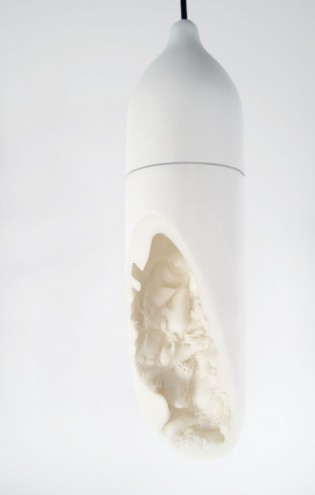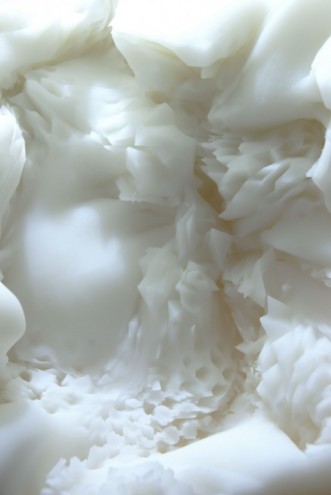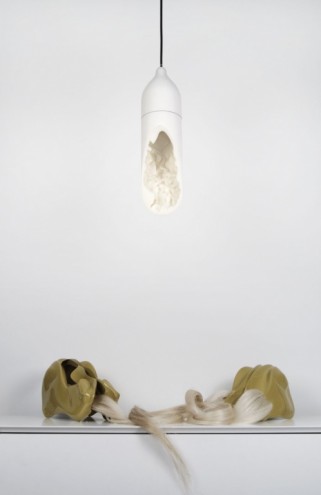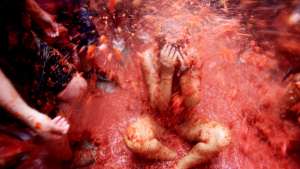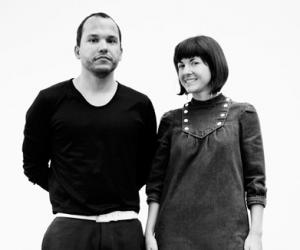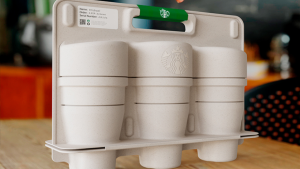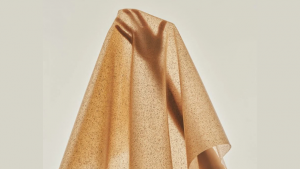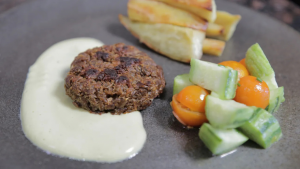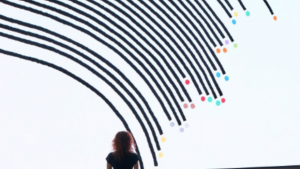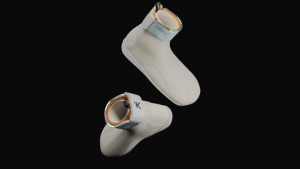From the Series
Zoe Coombes and David Boira constitute the New York furniture, art and design studio Cmmnwlth. Harnessing a new fluidity enabled by machine languages, their interests are as material and emotional as they are technical. Coombes feels that food culture has a lot to teach other creative fields:
What’s remarkable about “eating” in all its forms – from snacks and restaurant food, to home cooking – is the amount of diversity we tolerate in our food. We get excited by the most radical heirloom tomatoes and are happy to combine them with anchovies – an animal that grows in an entirely different environment from the tomato. We order in Indian food one night then have ham sandwiches with pickles the next day.
At the same time, there is a quasi-obsession in architecture, interiors and furniture on what is the “best use”, the most efficient material, that single part that pulls the whole thing off, which can be very reductive.
I’ve noticed that people rarely look at their plate and ask: “Oh lord, why did you use this material? Couldn’t you have chosen a more efficient ingredient? Isn’t it wasteful to use these five oysters, when really you could have used 12 olives instead?”
When it comes to eating, there’s a general recognition that we are designed to be omnivorous. Most of us desire a range of flavours and forms on our plate.
Variety, when it comes to our bodies is seen as healthy, rather than excessive. Unusual palettes aren’t ghettoised as “not-design” or “something-more-like-art”. Instead, we accept that the role of food is broader than a precisely tweaked, hyper-efficient road for vitamins and calories. As long as it delivers those vitamins in some way, it’s good enough.
What if we thought of our products through that lens? The ergonomic handle that fits the hand in a variety of places. The material palette that was “strong enough” for the job, and accepted erotic fats and folds, even “mistakes” as part of its “performance”?
As we slowly begin to find ways of integrating more efficient technologies into our lighting, walls and tabletops, there are many practices and products that we simply need to give up, if we are to continue to coexist on this planet. However, variety, and our pleasure-fuelled quest for multitudes (multitudes of good things, we say!) is not what needs to go.

